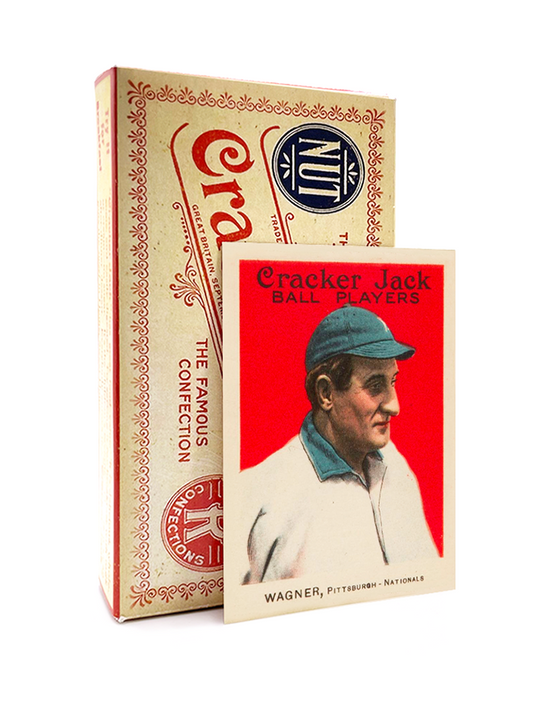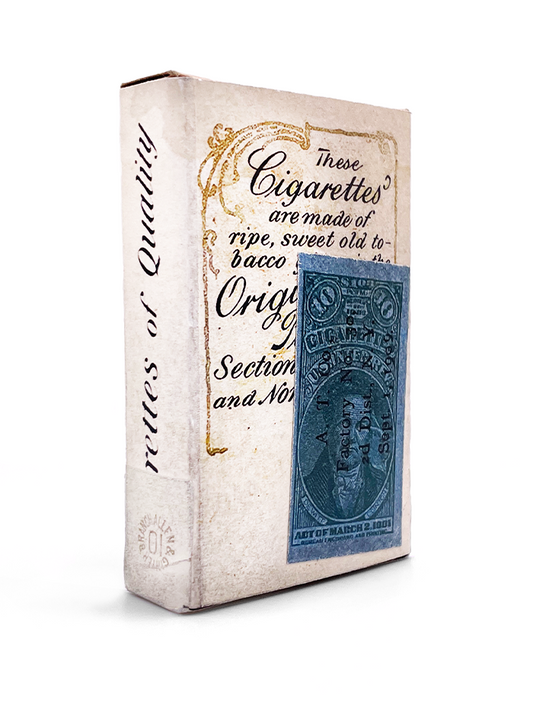
Baseball Cards Worth Money: Top Picks for Collectors
Share
Baseball Cards Worth Money: A Collector's Guide
Baseball cards have captivated collectors and enthusiasts for over a century. From the golden era of the early 20th century to modern-day releases, the world of baseball card collecting is rich with history and value. But which cards are truly worth money? In this blog post, we'll explore some of the most valuable baseball cards, what makes them special, and tips for identifying cards that could be worth a fortune.
The Holy Grail: T206 Honus Wagner
When discussing valuable baseball cards, the T206 Honus Wagner card is often the first that comes to mind. Produced between 1909 and 1911 by the American Tobacco Company, this card is exceptionally rare due to its limited production. Honus Wagner, a legendary shortstop, requested the card be pulled from circulation, likely due to his opposition to tobacco products. As a result, only about 50 to 60 of these cards are known to exist today. High-grade examples have sold for millions of dollars, making it the pinnacle of baseball card collecting.
Mickey Mantle: The 1952 Topps Card
The 1952 Topps Mickey Mantle card is another iconic piece that commands high prices. Topps' first major set included Mantle’s rookie card, which has become one of the most sought-after cards in the hobby. In excellent condition, this card can fetch hundreds of thousands of dollars at auction. Mantle's status as a beloved New York Yankees legend and the card's iconic design contribute to its high value.
Babe Ruth: The Sultan of Swat's Cards
Babe Ruth cards, particularly from his early playing days, are highly prized. The 1916 M101-5 Sporting News Babe Ruth rookie card is one of the most valuable. As one of baseball’s most legendary figures, Ruth's cards are always in demand. High-grade examples of his rookie card can sell for several hundred thousand dollars, depending on the condition and market demand.
The Rookie Sensations: Modern Stars
Modern baseball cards can also be worth significant money, especially those of standout rookies. Cards of players like Mike Trout, Ronald Acuña Jr., and Shohei Ohtani have seen substantial increases in value. For instance, Mike Trout’s 2011 Bowman Chrome Draft Prospects Superfractor autographed card sold for a record-breaking $3.93 million in 2020. The key to these modern cards is rarity, condition, and the player's career trajectory.
Factors That Determine a Card’s Value
Condition: The condition of a card is crucial in determining its value. Cards are typically graded by professional services like PSA or Beckett, which assess factors such as centering, corners, edges, and surface. Higher grades command higher prices.
Rarity: Limited print runs, errors, and cards pulled from production contribute to a card's rarity. Rare cards are often more valuable due to their scarcity.
Historical Significance: Cards featuring legendary players or significant moments in baseball history tend to be more valuable. Rookie cards and first appearances are particularly prized.
Market Demand: The popularity of certain players and teams can drive up the value of their cards. Market trends and collector interest also play a role.
Tips for Identifying Valuable Cards
Research: Educate yourself about the different sets, players, and eras of baseball cards. Books, online forums, and collector communities are excellent resources.
Check for Hall of Famers: Cards of players inducted into the Hall of Fame are often more valuable, especially rookie cards.
Look for Errors and Variations: Error cards or those with unique variations can be worth more due to their rarity.
Get Your Cards Graded: Professional grading can significantly enhance a card’s value. It provides an unbiased assessment of the card's condition.
Conclusion
Baseball card collecting is a fascinating hobby that can also be financially rewarding. From the legendary T206 Honus Wagner to modern rookie sensations, valuable cards span the history of baseball. By understanding the factors that contribute to a card’s worth and staying informed about market trends, collectors can uncover treasures within their collections.









